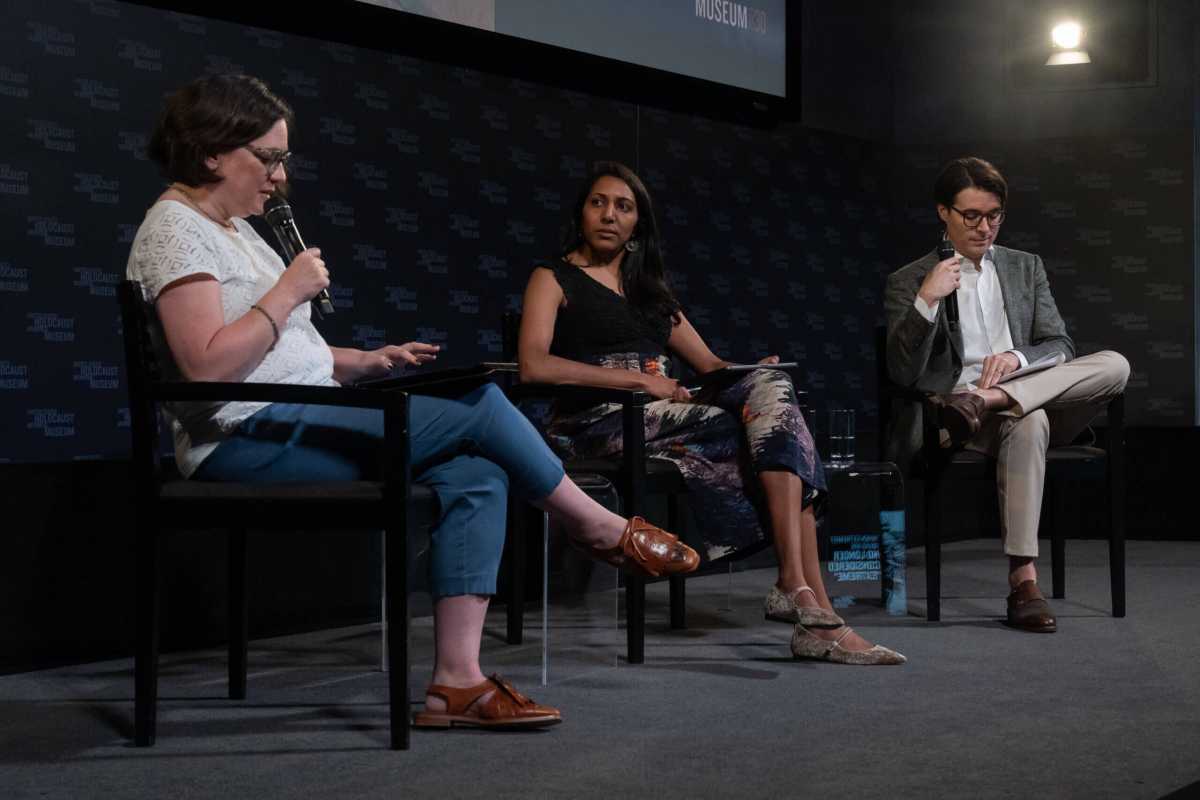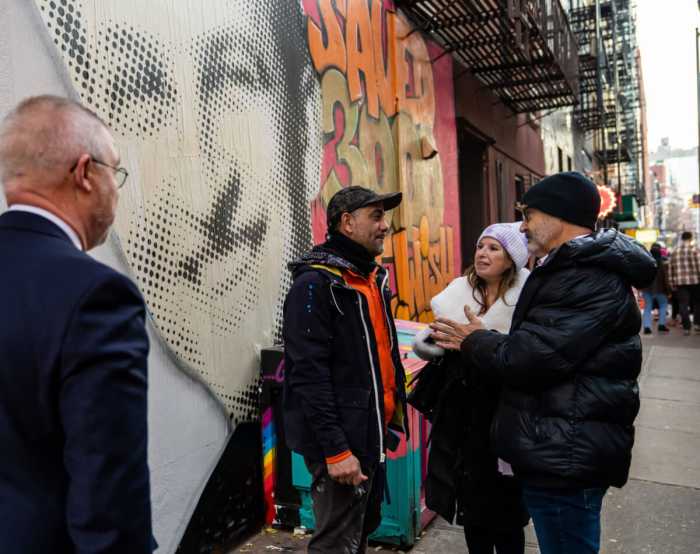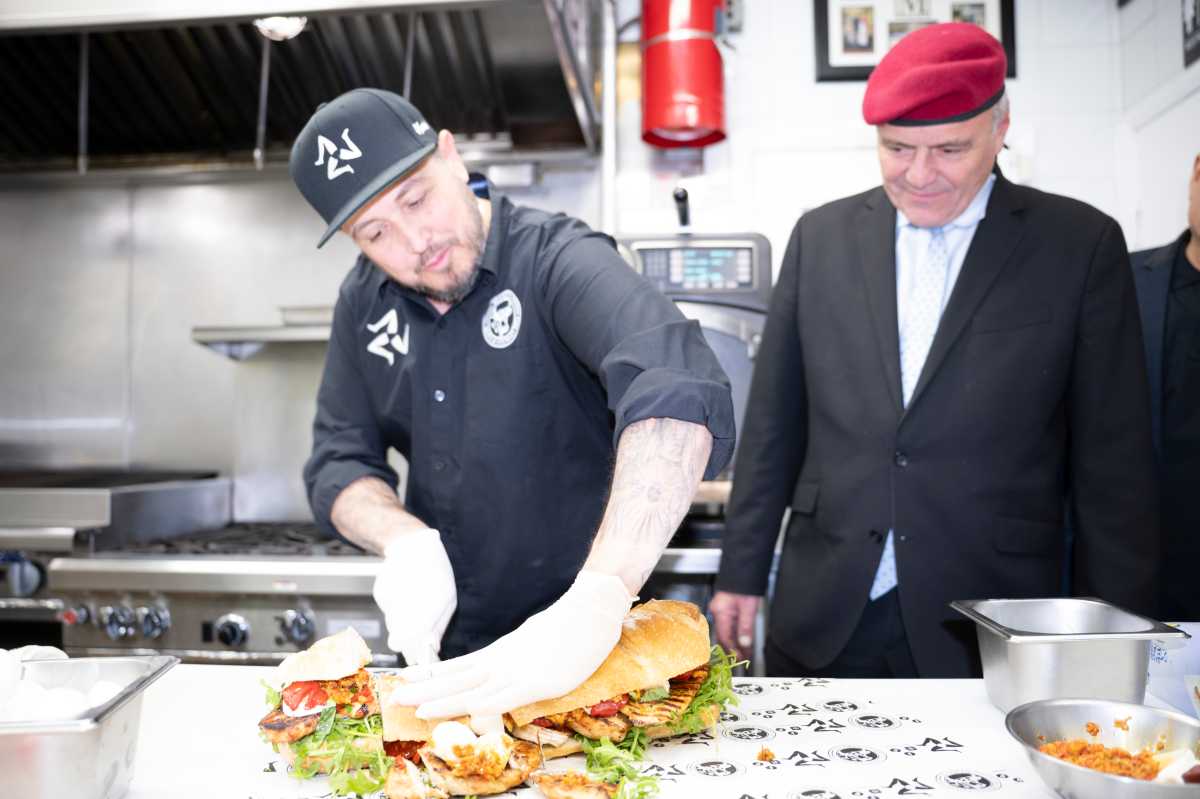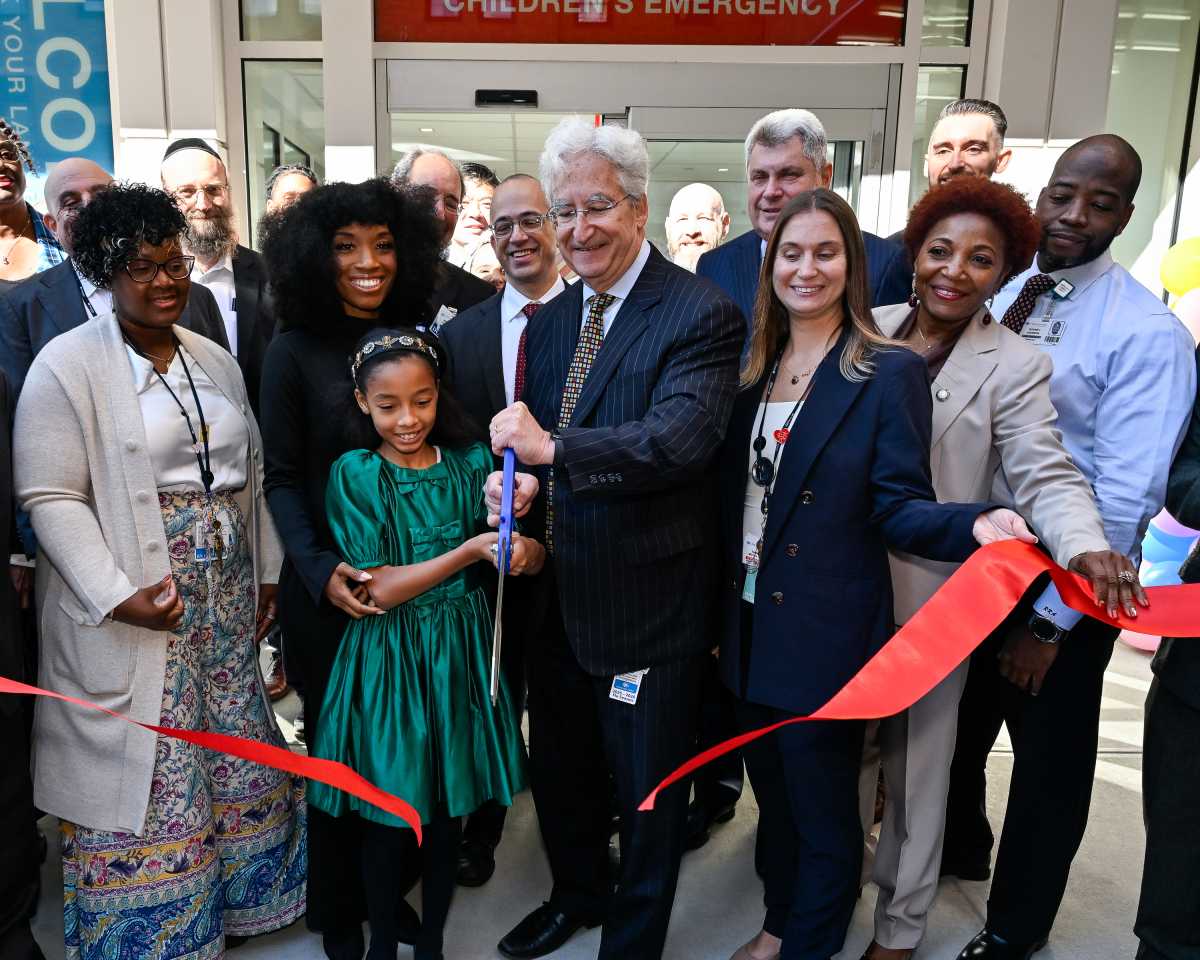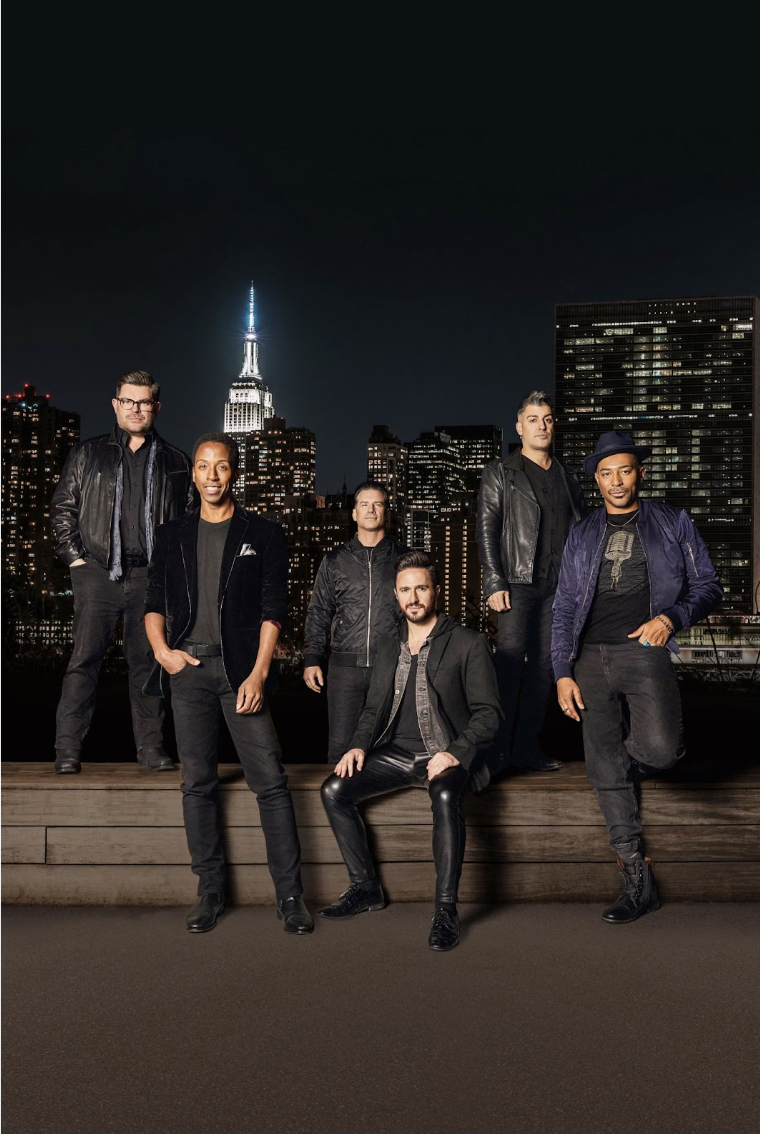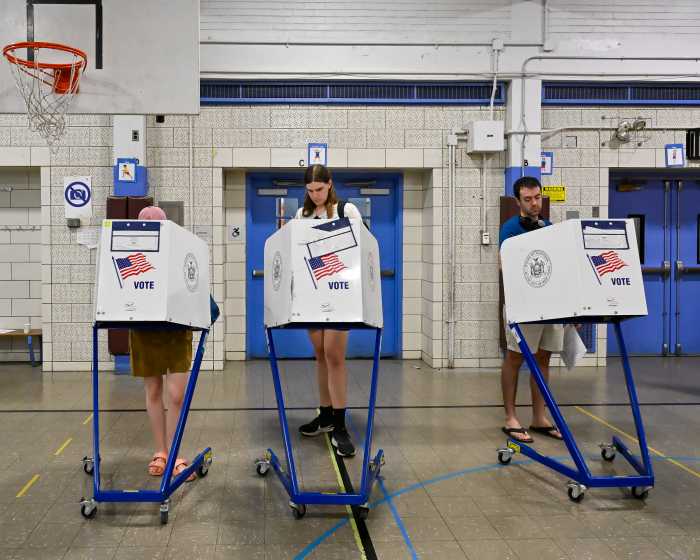“The Holocaust didn’t begin with killings, it began with words.”
With extremist beliefs and hate crimes on the rise, the United States Holocaust Memorial Museum hosted a panel discussion, “When Extremist Ideas Are No Longer Considered Extreme,” at the Paley Center for Media in front of a live audience on June 6.
According to the Anti-Defamation League, antisemitic incidents increased by more than 35% in 2022, and the Southern Poverty Law Center documented 1,225 hate and antigovernment extremist groups across the United States in 2022.
Dr. Edna Friedberg, a Holocaust historian at the United States Holocaust Memorial Museum, moderated the discussion with panelists Vidhya Ramalingam, founder and CEO of Moonshot, and Dr. David Webber, Associate Professor and Homeland Security and Emergency Preparedness at Virginia Commonwealth Museum.
Sigal Mandelker, former Under Secretary of Terrorism and Financial Intelligence at the US Treasury and executive committee member of the US Holocaust Memorial Council, delivered the opening remarks.
Referencing 1930s Germany, Mandelker, the daughter of Holocaust survivors, said Jewish people were an essential part of German culture and patriots working as civil servants, doctors, and lawyers before the Nazis came into power. Some even received the Nobel Prize.
“And then, despite all of that, in relatively short order, they began to be excluded from society as Hitler and Nazi extremism took over, ultimately resulting in the death of 6 million Jews in Europe, and many more people — something that no one could have possibly imagined just a few years earlier,” Mandelker said.
She pointed out that extremist ideas, hatred, and antisemitism start on the fringes of society, often with mere words. Holocaust history teaches that if those dangerous ideologies go unchecked, are encouraged, and become mainstream, it’s a recipe for devastating consequences.
“It’s incredibly important to remember that the Holocaust happened in the modern world, in an enlightened and civilized society, by human beings,” Mandelker said.
Dr. Friedberg began the panel discussion by pointing out that the atrocities committed against the Jewish people were the “law of the land.”
Led into ‘hateful ways of thinking’
“But what happens when hateful ideas are slowly normalized, and we become numb to them, is people may not even realize the ways that they are being co-opted or brought into dangerous and hateful ways of thinking,” Dr. Friedberg said before showing a video clip of Peter Becker, who was indoctrinated in 1935 as a six-year-old.
Becker said that when the war ended in 1945, he had become a Nazi without realizing it. It took him two years to accept that Germany had killed 6 million Jews.
“That is, I didn’t know how I become one. I knew that I was one,” said Becker, who had believed in Hitler’s atrocious agenda.
Vidhya Ramalingam and Dr. David Webber have studied what drives people to right-wing extremism.
Ramalingam, an anthropologist by training and a woman of color, went to Sweden to study the Neo-Nazi movement, the second largest in Europe after Germany.
She attended their meetings and planning sessions and met with their families. She went into the project thinking that all Neo-Nazis were monsters. She eventually began to understand their experience and why they joined the Neo-Nazi movement.
“I wasn’t expecting not to be able to understand them, not to be able to feel any kind of empathy for them. And that was not the case,” Ramalingam said.
Ramalingam realized that many in the Neo-Nazi movement were unhappy.
“They may be felt fulfilled at times, maybe in particular from the community that they were a part of,” Ramalingam said. “But so many of them were questioning the ideology and questioning whether this was right for them.”
When Ramalingam looked at the Neo-Nazis’ life history, she pinpointed moments when their lives could have taken a different turn if someone had intervened.
“That, for me, was what led me down the path of a career focused on getting people out of these movements,” Ramalingam said.
She now runs “Moonshot,” which offers solutions for violent extremism. One of the methods is engaging white supremacists online.
“If you are searching for a piece of hate content, a piece of white power propaganda, what we’re doing is running advertisements to ensure that the very first piece of content that you see is a safer alternative to the hateful content,” Ramalingam explained.
Neo Nazis can talk to a social worker or even join an exit program.
“We know it works. Over the last two years, we have connected 200 individuals that were consuming white supremacist content with crisis counselors who have worked with them on an ongoing basis to de-escalate them from violence,” Ramalingam said.
The dangerous makings of hate
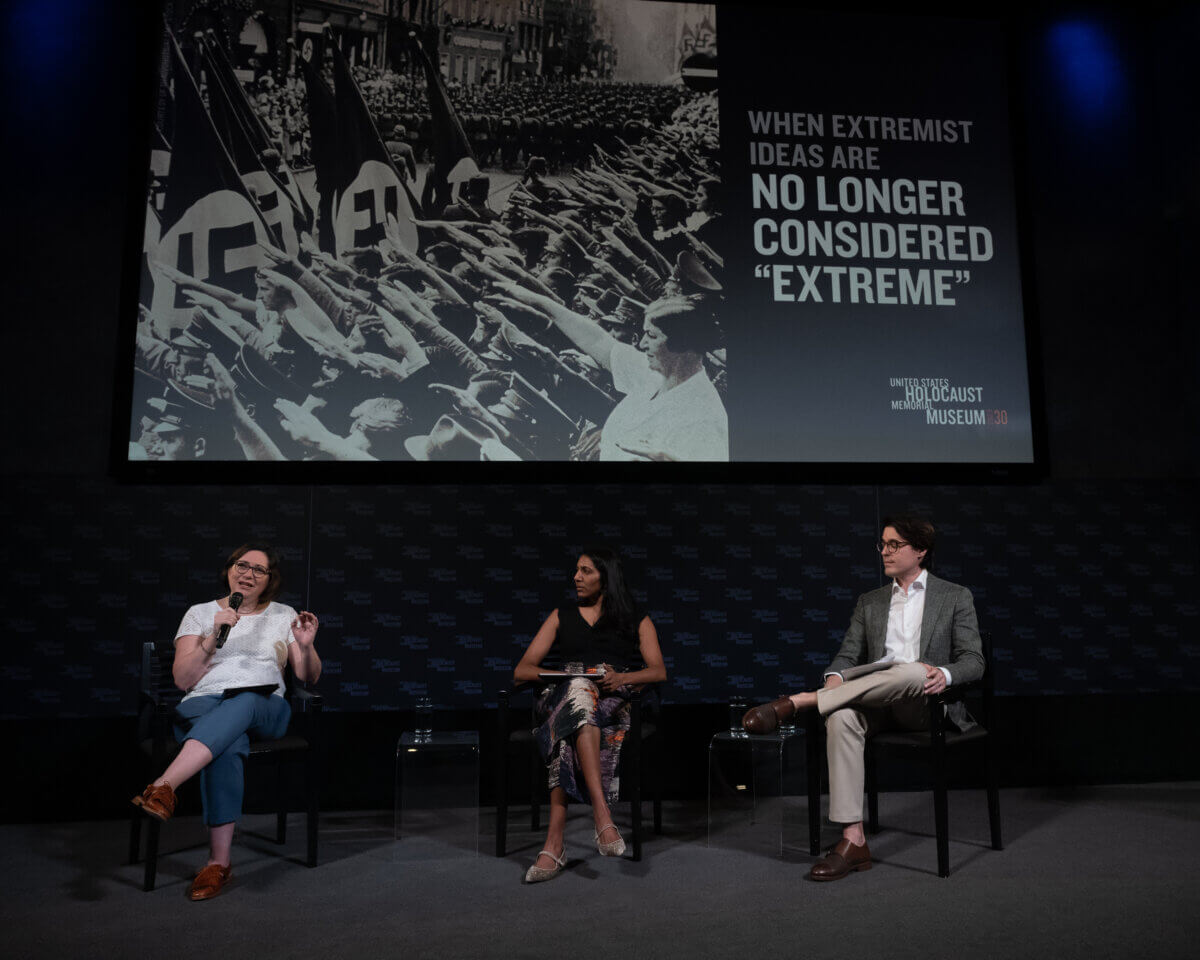
Dr. Webber, who has studied extremism, said what drives people into far right and far left movements are three factors, or the “3N” approach – the need, the narrative, and the network.
The first factor is the need to belong, matter, and be taken seriously.
“[Extremists] see fighting with along these groups, joining these movements, fighting against an enemy as a very potent way to feel significant and important again,” Dr. Webber said.
The narrative is the violent extremist ideology, even though radicals know that hate, misogyny, violence, and antisemitism are wrong.
“When we look at far-right movements or white supremacists, we often see what those narratives are doing is if people are scared by the way society looks, or they threaten society, they often scapegoat it on other groups, society scapegoats those problems, those ills, typically on minority members,” Dr. Webber said. “The narrative blames them for these problems and says that you should strike out against them as a way to speak society and to feel important yourself.”
The network supports extremist views.
“If I belong in a social network, where I can look around me and see that there are other people that think these hateful things are true, that are willing to fight for them, that believe in this cause, it becomes good enough for me, right? And then I become more willing to take that step myself and engage in violence,” Dr. Webber said.
Dr. Friedberg asked the panelists about the differences between Nazis in the 30s and 40s and Neo-Nazis today.
Some similarities are the scapegoating of society’s ills and the targeting of minority groups. However, while Nazis took over Germany, Neo-Nazis are still a fringe group that many reject.
Some methods far-right-wing groups use to recruit more followers are positive messages, presenting themselves as patriotic, wholesome, and family oriented.
“It’s easy to think, ‘Oh, you know, hateful people attract other hateful people,’ but that’s not really how it begins,” Dr. Friedberg said.
She went on to explain that German Nazis realized that, while taking advantage of and exploiting existing hatred, not everyone would buy into this narrative.
So Adolf Hitler portrayed himself as a father figure, and the Hitler Youth and The League of German Girls (BDM), mandatory organizations for young boys and girls, emphasized positive ideas and activities. At the same time, other youth groups, like the Boy Scouts, became outlawed.
The Nazis indoctrinated young boys with the absurd idea of “Aryan racial superiority” and brainwashed them into believing that Jews were subhumans.
Girls were prepared for their roles as wives, mothers, and homemakers.
“It’s important to recognize that this positive messaging is a strategic choice, and it’s something that we consistently see all across all types of extremist ideologies,” Dr. Webber said.
He explained that far-right-wing groups strategically balance their messages of hatred and violence with positive messages so other people take them more seriously and not be disgusted.
One image showed a group of white supremacists looking like regular American citizens. A “normal” appearance makes it much easier to be taken seriously and get ideas across.
“This was a very strategic choice, right?” Dr. Webber said. “Because they knew that if you walk in and you want to be accepted by people with a shaved head and a bomber jacket and combat boots, and tattoos everywhere, people aren’t going to accept you. People aren’t going to listen to what you have to say.”
Other recruitment efforts involve exploiting loneliness, giving people a sense of community.
Lauren, a young woman, had lost her father and, feeling lonely, was browsing the internet for hate metal. A person started chatting with her online in one of the hate metal groups, giving Lauren a sense of belonging.
“What most online radicalization comes down to is that person-to-person contact with someone online,” Ramalingam said. “You typically aren’t gonna see someone who watches a video, and suddenly they become a white supremacist. What draws someone into the movement is actually that sense of being a part of a community.”



